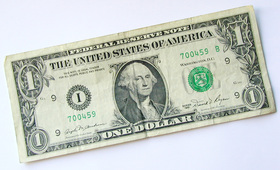Marshall Plan

- (Photo: www.freeimages.co.uk)
A relief package put together by the United States to help Europe in the aftermath of World War II and to prevent the spread of Communism.
The United States offered up to $20 billion, but only if the European nations could together draw up a rational plan on how the aid would be used. For the first time, they would have to act as a single economic unit; they would have to co-operate with each other. Marshall also offered aid to the Soviet Union and its allies in eastern Europe, but Stalin denounced the program as a trick and refused to participate. The Russian rejection probably made passage of the measure through Congress possible.
The Marshall Plan also benefited the American economy. The money was used to buy goods from the United States, and they had to be shipped across the Atlantic on American merchant vessels. By 1953 the United States had pumped in $13 billion, and Europe was standing on its feet again. Moreover, the Plan included West Germany, which was thus reintegrated into the European community.
The Marshall Plan led to the Schuman Plan, which in turn led to Euratom, then the European Coal and Steel Community and the European Economic Community.
Links
See also George Marshall
